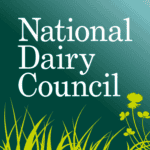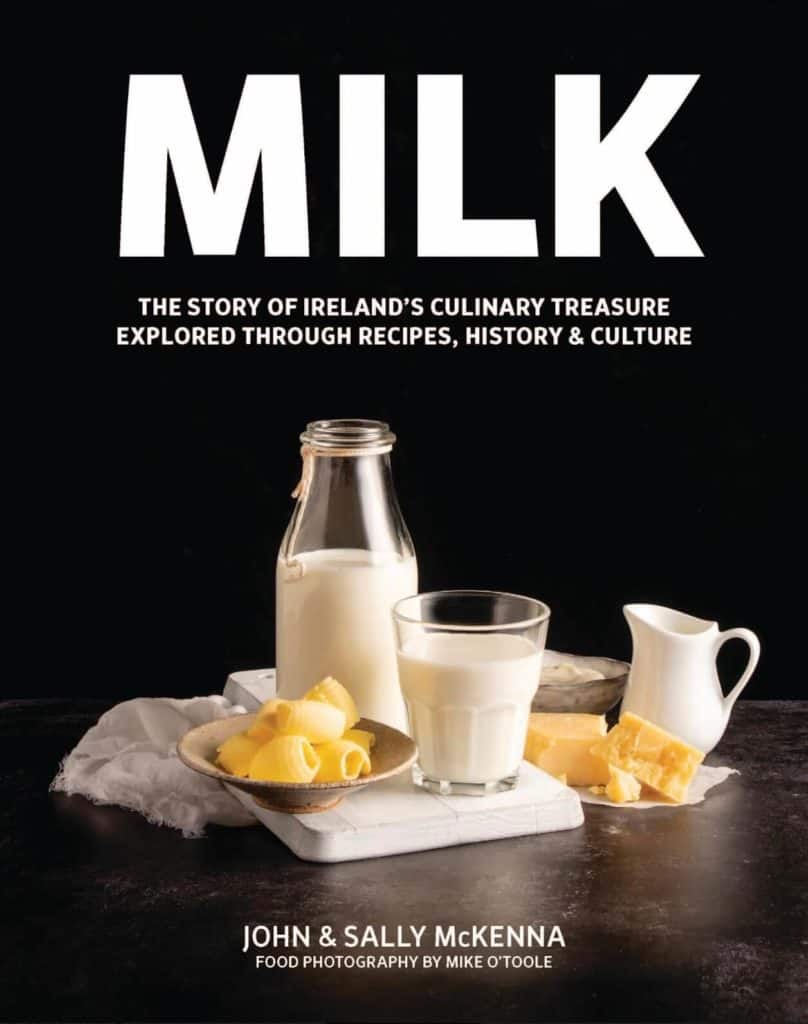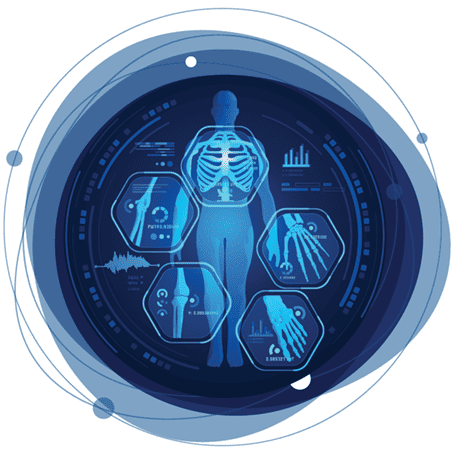This is due to the fact that dairy provides an important source of nutrients such as protein, calcium and phosphorus which are scientifically recognised for their roles in bone growth, development and maintenance. Dairy intake is not responsible for higher fracture rates, nor does dairy consumption alone guarantee strong, healthy bones. Many factors, other than diet, determine whether a person will develop osteoporosis and be at increased fracture risk. Countries with high rates of fractures tend to be countries with longer life expectancies (e.g. Nordic countries). Fracture rates are now rising in non-Western countries (e.g. China) as they see increasing longevity in combination with inactive lifestyles.
Genetics (race, sex, family disposition) are major determinants of osteoporosis and fracture risk. Lifestyle habits such as physical activity, body weight, smoking, alcohol-use, as well as certain medications and diseases, are also important factors influencing fracture risk. In addition, vitamin D status has been associated with bone health and this can be influenced by exposure to sunlight or a country’s latitude on the earth.




